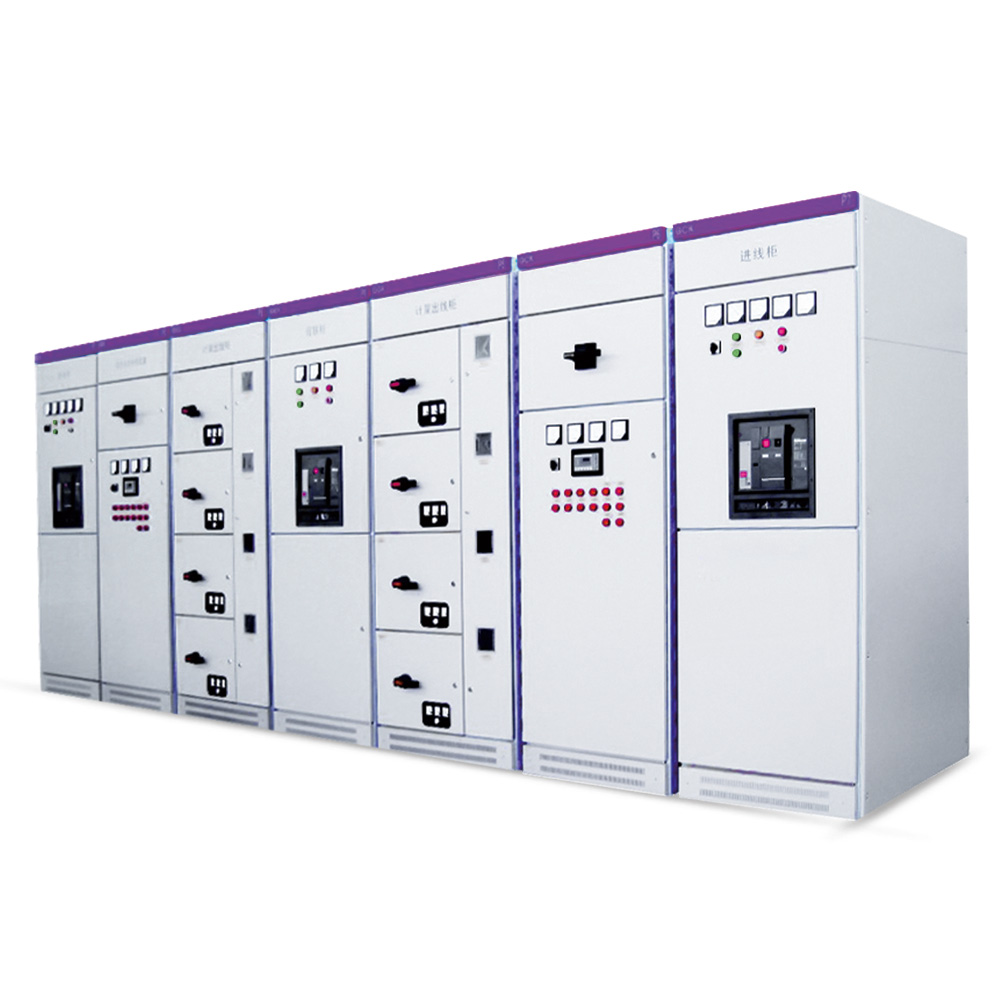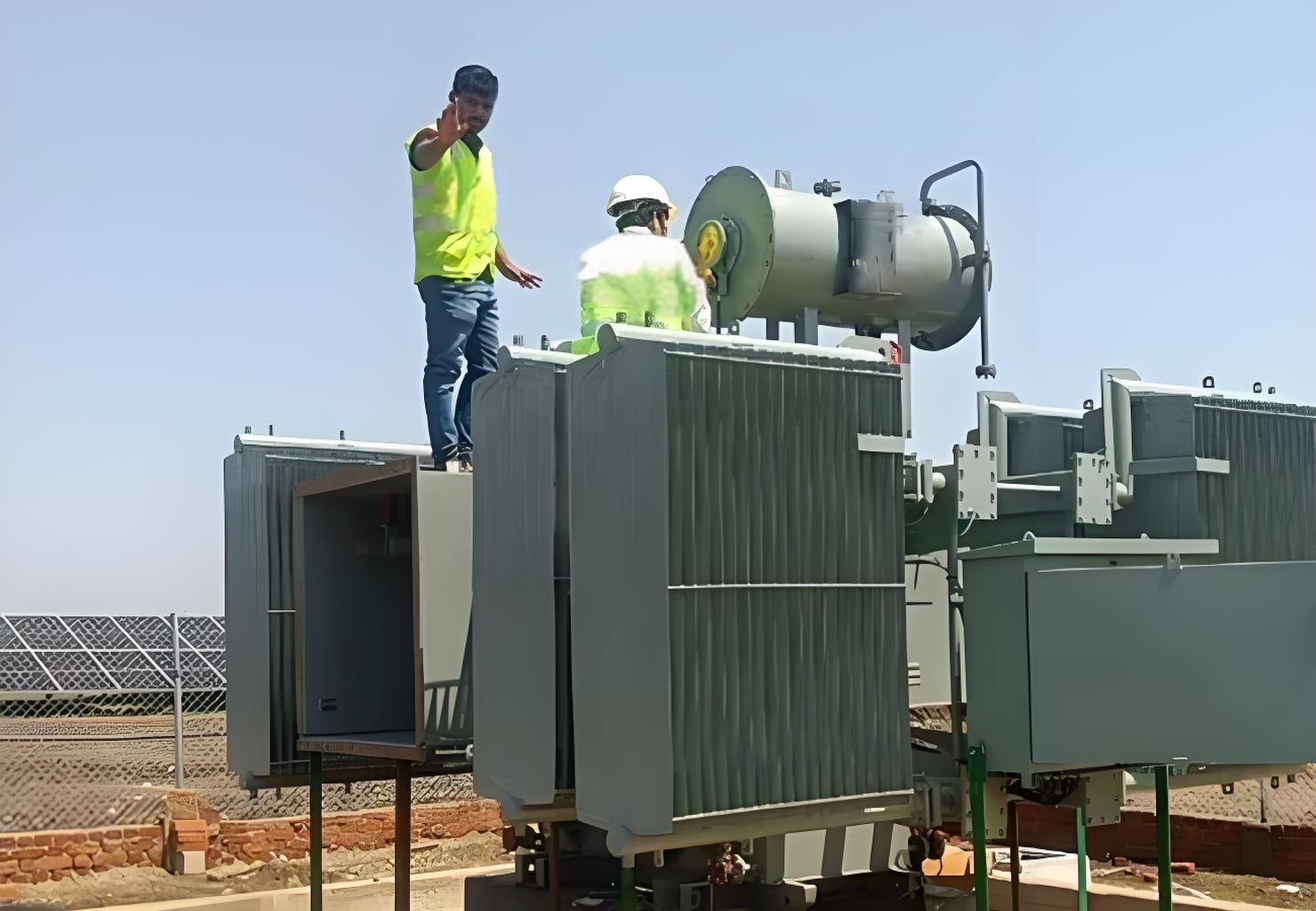Box-Type Substation PV Inverter Boosting Device
04-29 2025 | By:
Box-Type Substation PV Inverter Boosting Device
1. What is a Box-Type Substation PV Inverter Boosting Device?
A Box-Type Substation PV Inverter Boosting Device, also known as a photovoltaic (PV) step-up box-type substation, is an integrated power conversion system designed for solar energy applications. It combines a transformer, high/low-voltage switchgear, control systems, and protection mechanisms within a compact, transportable steel enclosure . Its primary function is to convert the low-voltage direct current (DC) generated by PV panels into higher-voltage alternating current (AC) for efficient grid integration. This system is characterized by its modular design, weatherproof structure, and adaptability to diverse environmental conditions .
2. Common Specifications, Models, and Applications
Key Parameters and Models
Voltage Range: Typically operates at 35 kV or below, with common voltage combinations such as 35 kV/0.8 kV or 10 kV/0.4 kV .
Capacity: Ranges from 3150 kVA to 8000 kVA, with models like the 2000 kVA European-style box-type substation being widely used .
Efficiency: High-efficiency designs reduce energy loss during DC-to-AC conversion, with load losses specified in standards like 13-type (e.g., 43.7 kW) and 14-type (e.g., 25.8 kW) .
Protection: Features IP54-rated enclosures, lightning arrestors, and intelligent monitoring systems for grid stability .
Application Scenarios
Utility-Scale Solar Farms: Used to aggregate and boost power from multiple PV arrays before feeding it into the grid .
Distributed Generation: Ideal for rooftop solar systems or industrial parks requiring space-saving solutions .
Hybrid Systems: Compatible with wind-solar hybrid plants and energy storage integrations .
3. Procurement Budget
The cost of a box-type substation for PV applications varies based on specifications and customization:
Standard Models: For a 2000 kVA unit, prices range from
35,000to60,000
Customized Systems: High-capacity units (e.g., 8000 kVA) or those with advanced features (e.g., smart grid compatibility) may cost
80,000to150,000 .
Additional Costs: Include transportation, installation, and optional add-ons like remote monitoring systems.
4. Lead Time for Custom Orders
Custom procurement timelines depend on technical complexity and manufacturer capacity:
Design Phase: 4–8 weeks for engineering reviews and client approvals .
Production Phase: 8–12 weeks for manufacturing, testing, and quality checks .
Delivery and Installation: 2–4 weeks for logistics and on-site commissioning .
Total Timeframe: Approximately 14–24 weeks from order placement to operational readiness.
Conclusion
The box-type substation PV boosting device is a critical component in modern solar energy infrastructure, offering scalability, efficiency, and reliability. Procurement decisions should balance technical requirements, budget constraints, and project timelines.
You may also find these interesting:



